
You have to be kind of a good sport about riding camels, because they are awkward beasts, and you can tell that they don’t particularly want to do much but sit around. You mount the camel while it’s sitting with its legs folded under it. The camel driver then whacks its knees with a switch, and with several put-upon grunts, the camel rises to its back legs first, pitching you precariously forward, then to its front legs, daring you to have overcorrected your balance.
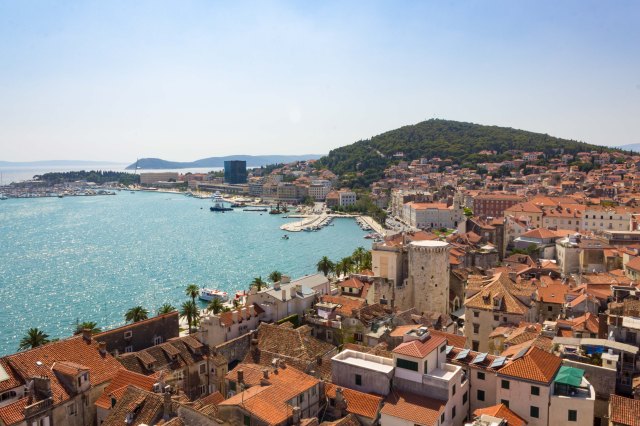
Now the second-biggest city in Croatia, Split started as a Greek city in what was then Illyrium. After Roman emperor Diocletian retired, he chose it as the site of his retirement palace. Not a bad gig, emperor. Assuming you end up able to retire, and as far as I know Diocletian was the only one who did. Definitely a better end than most.
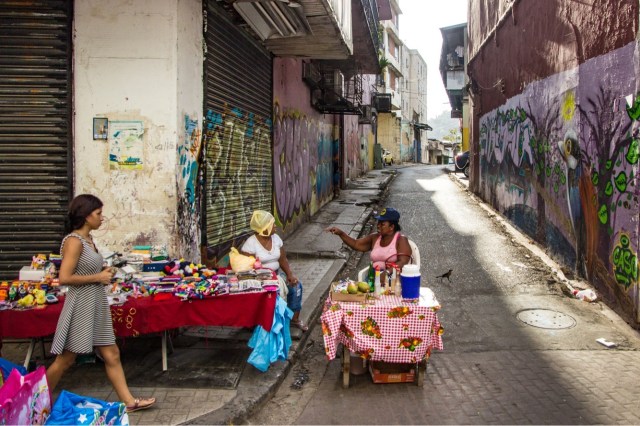
Because why not? Photo posts are way easier, and if I’m going to do the serious historical stuff, I might as well do it for real and write a book. Which isn’t to say that no more of that will show up here, but if you want consistent content, you’ll have to live with my photography. Suck it up.

I’d like to post some pictures of the parish church of Tlacolula, or specifically the 17th century chapel attached to the bigger, later church. It is called the Capilla del Señor del Tlacolula, and it is a great example of the colonial Mexican baroque style.
Back in Oaxaca de Juarez, there is another church, Templo de Santo Domingo de Guzman, that exhibits very similar Mexican Baroque. However, it is on a much bigger scale.
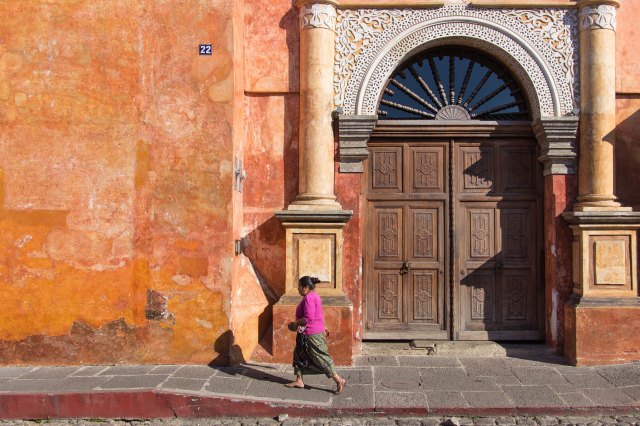
We stayed in Antigua, which is a beautiful old town that was abandoned for what’s now Guatemala City after a devastating 18th century earthquake. That abandonment proved something of a boon for historians, preservationists, architecture fans, and tourists, because quite a lot of what was there before still remains. People have since moved back, but the modern capital still dwarfs Antigua.

Earlier this year, Michelle and I were fortunate enough to have had time to check out Guatemala. We spent most of our time in Antigua, about which I’ll post more later, but one of the highlights was a weekend trip out to Lake Atitlan. Its volcanoes, along with the clear, deep, blue waters and little shore villages, many of which are accessible only by boat, make Lake Atitlan one of the most picturesque places in the world, much less just Guatemala. And it makes for a great place to take some photos.

Fernando Botero is about as well-known an artist as there is in Colombia. His signature sculptural style can be pretty well described as, well, “bulbous.” During a renovation of the Antioquia Museum in central Medellin (Antioquia is Medellin’s state) in 2004, Botero donated several of his own works, and they sit in the plaza just between the museum and the Uribe Palace of Culture.
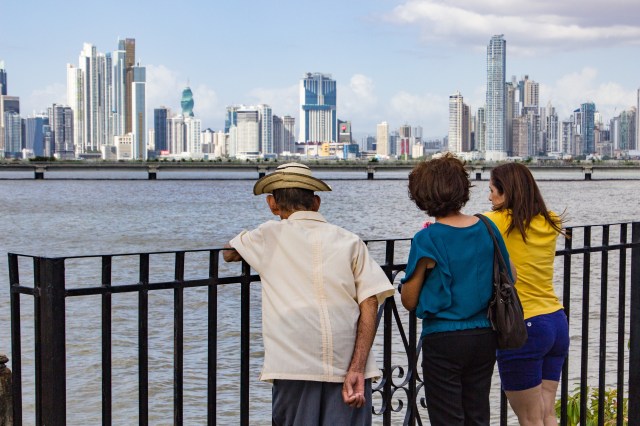
Casco Viejo is Panama’s second-oldest old town. (The oldest, Panama Viejo, was burned down by Henry Morgan, the Captain Morgan of rum fame.) Starting in the early 17th century, this became the center of Panama City, although it’s more the tourist center these days with stunning modern skyscrapers popping up everywhere else nearby.

Michelle and I are still alive, despite not posting for quite a long time. We had a four-month-or-so interlude in the United States at the end of 2016, but come the new year and we were at it again. We began our 2017 travels with a base in Panama, going also to Costa Rica, Guatemala, […]
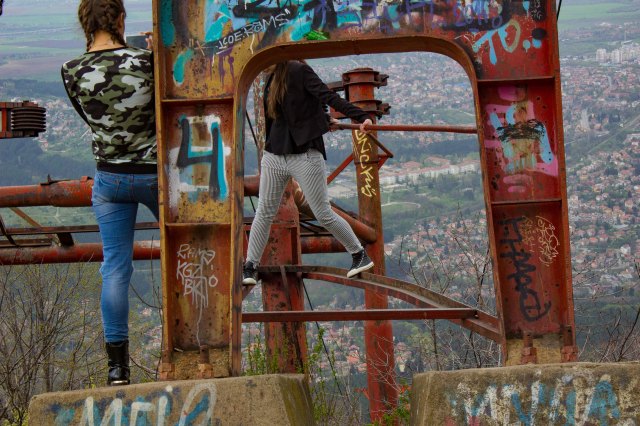
Traveling as a lifestyle affords plenty of opportunities otherwise unavailable, but maybe not as much as the simple power of “yes.” As an introvert, I would tend to accept quiet nights in without much fuss. As someone married to an extrovert, I hardly get the opportunity. But this time, saying “yes” to a pub crawl in Bucharest, Romania led us to an abandoned cable car station on top of a mountain in Sofia, Bulgaria.

Recent Comments